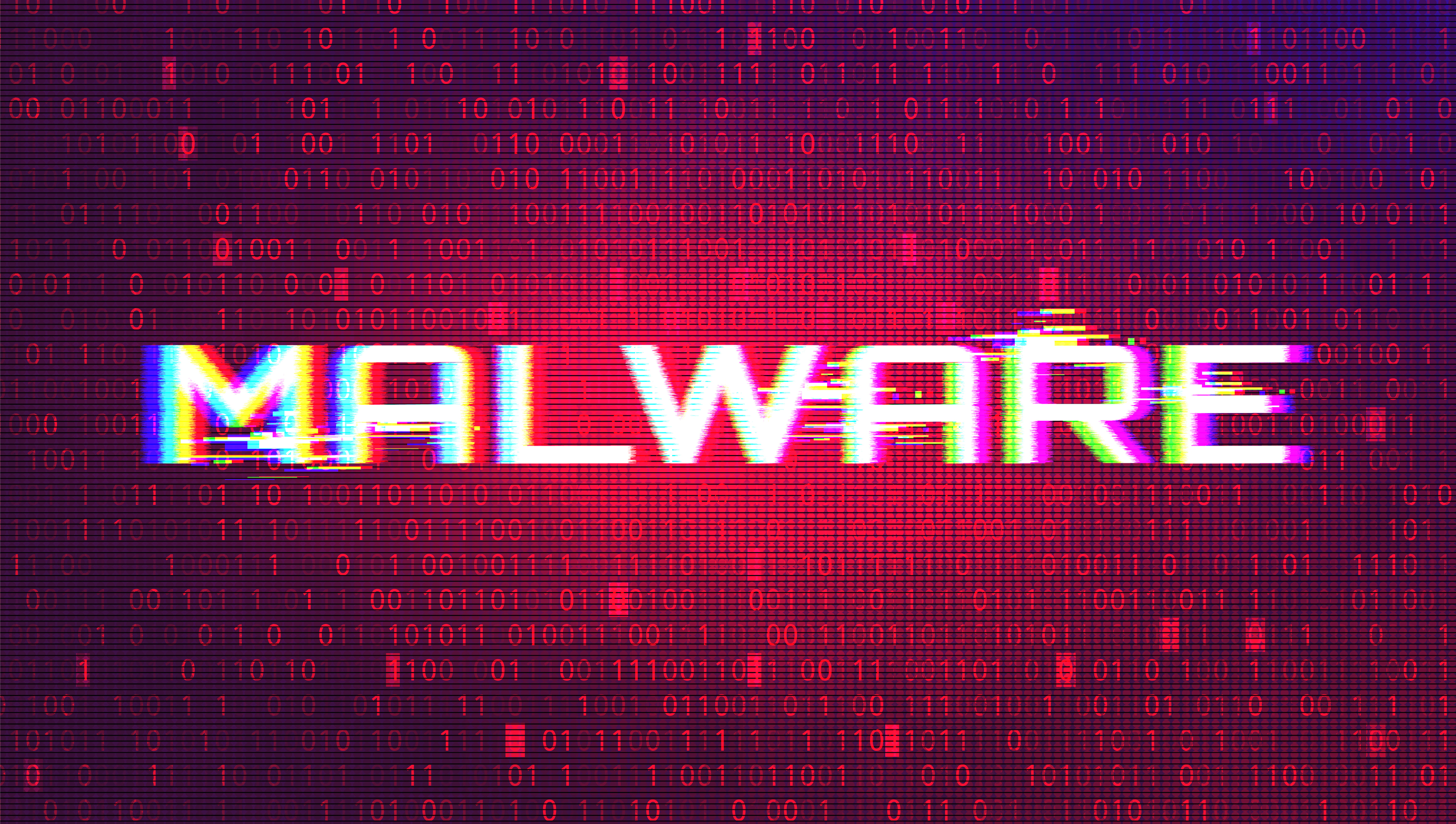When reading about ransomware, viruses, and other types of malware threats, you’ll often hear the term “zero-day” mentioned, as in a zero-day threat.
It’s those zero-day threats that have made many of the antivirus programs that are signature-based ineffective. Signature-based antivirus and anti-malware programs check a file against a regularly updated database of known malware and other threats. If the file signature is there, it’s stopped and quarantined.
But zero-day malware was designed to specifically get past those types of cybersecurity defenses, meaning other tools have to be used to protect your business network against them.
So, what exactly is zero-day malware and how does it differ from other types of threats? We’ll go through what it means to be “zero-day” and what types of cybersecurity plan that will protect your company from Data Breaches.
Why Something is Called a Zero-Day Attack
The designation “zero-day” comes from a term in the IT security industry called “Day Zero.” Day Zero is the first day that a software or operating system (OS) vendor learns of a vulnerability in their product that a hacker can exploit to compromise a system.
Once a vulnerability is discovered, the software vendor works to publish a security patch, which will show up to the user as an application or OS update. Once the user applies that patch, the vulnerability is fixed.
Hackers discover these vulnerabilities and create code in the form of viruses, spyware, ransomware, etc. that exploit them to compromise the software. These malicious codes are called zero-day because they’re executed prior to or directly after the vulnerability has been discovered by a software vendor (Day Zero) and before a security patch has been issued.
Another common trait of zero-day attacks that make signature-based antivirus ineffective against them, is that they are so new, they haven’t been seen yet, thus haven’t been catalogued in any threat signature database by antivirus vendors. Thus they can get through these types of programs.
In 2018, 76% of successful cyberattacks on organizations were considered zero-day.
Tools to Protect Against a Zero-Day Attack
There are a number of safeguards that you can put into place that will help protect against zero-day attacks. All of them work together to strengthen your overall cybersecurity posture and help block these new, unknown forms of malware.
Next-Gen Antivirus/Anti-Malware
Next-gen solutions for antivirus/anti-malware go beyond the basics of just matching a file to a known threat database.
These types of security applications use things like behavioral analysis, threat intelligence, and machine learning to establish a behavior baseline for scripts that execute commands on a system and look for any suspicious behavior.
These programs can learn from the behavior of known malware and look for similarities in unknown scripts, which helps them catch zero-day malware that hasn’t been seen or catalogued before.
Windows Defender Exploit Guard
Any device that uses Windows 10 can employ protections within Windows Defender Exploit Guard that help to stop zero-day threats. Additional security measures are also available to Microsoft 365 users.
Windows Defender Exploit Guard has features that do things such as:
- Block behavior of malicious Office documents
- Prevent scripts from sending dangerous commands to PowerShell, JavaScript, etc.
- Block outbound connections to prevent malware from connecting with a command-and-control server
- Control folder access by only allowing whitelisted programs to access or change them
- Apply policies that offer pre-breach threat resistance (Microsoft 365)
Patch Management for Timely Updates
Unfortunately, even after a security patch comes out to stop a zero-day exploit, many companies don’t apply it for months, leaving them vulnerable for an attack. Hackers know that just because a patch has come out, their zero-day malware still has a good chance of compromising a system due to lax update practices.
In 2019, 60% of data breaches were due to unpatched system vulnerabilities.
Make sure you have a patch management program in place that ensures timely updates to all your company devices. The best way to do this is through a managed IT services plan that takes care of all updates for you as well as tests systems after an update to ensure there are no problems.
Anti-Phishing Program with Sandboxing
Most malware is delivered via phishing email. These emails work so well because they’ve become increasingly sophisticated over the years and are often difficult to tell from a real message, because they use the logo and signature of the company they’re pretending to be sent from.
You can significantly reduce the number of phishing emails that make it into your user inboxes, many of which will contain zero-day malware, by using a program designed to employ sandboxing.
Sandboxing helps catch zero-day threats by putting all files into an environment that simulates your computer. So, the file/code thinks that it has made it safely into your system and can start executing its commands. Any suspicious behavior from a file in the sandbox alerts the program to a threat, and it’s immediately neutralized.
Is Your Network Protected from Zero-Day Threats?
Neuron Computers offers free 21-point cybersecurity audits that can help your Southern California business understand and address any weak spots that are leaving your network and data vulnerable.
Contact us today to apply for your free cybersecurity audit. Call 1-833-4-NEURON or reach out online.


